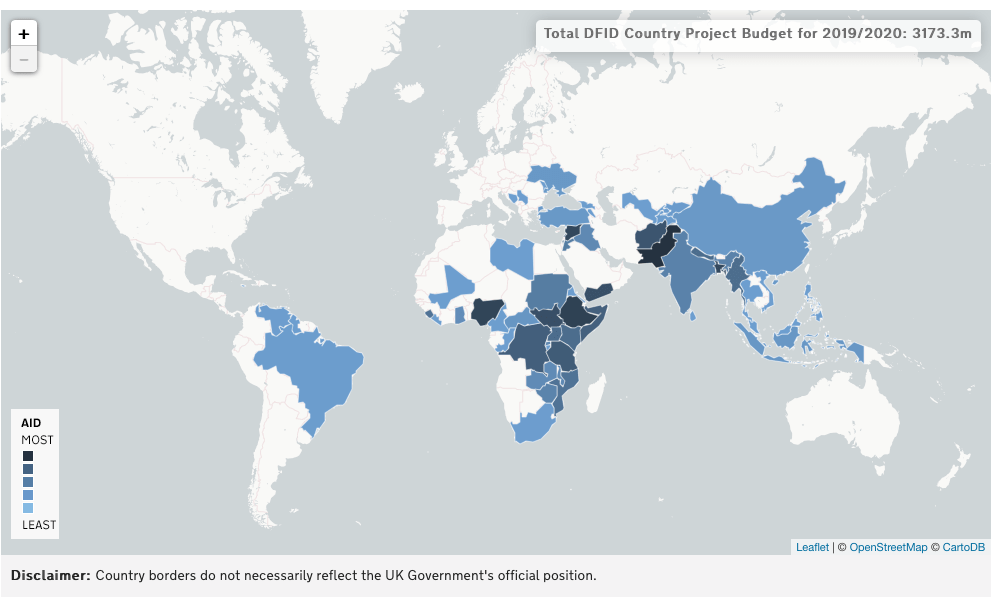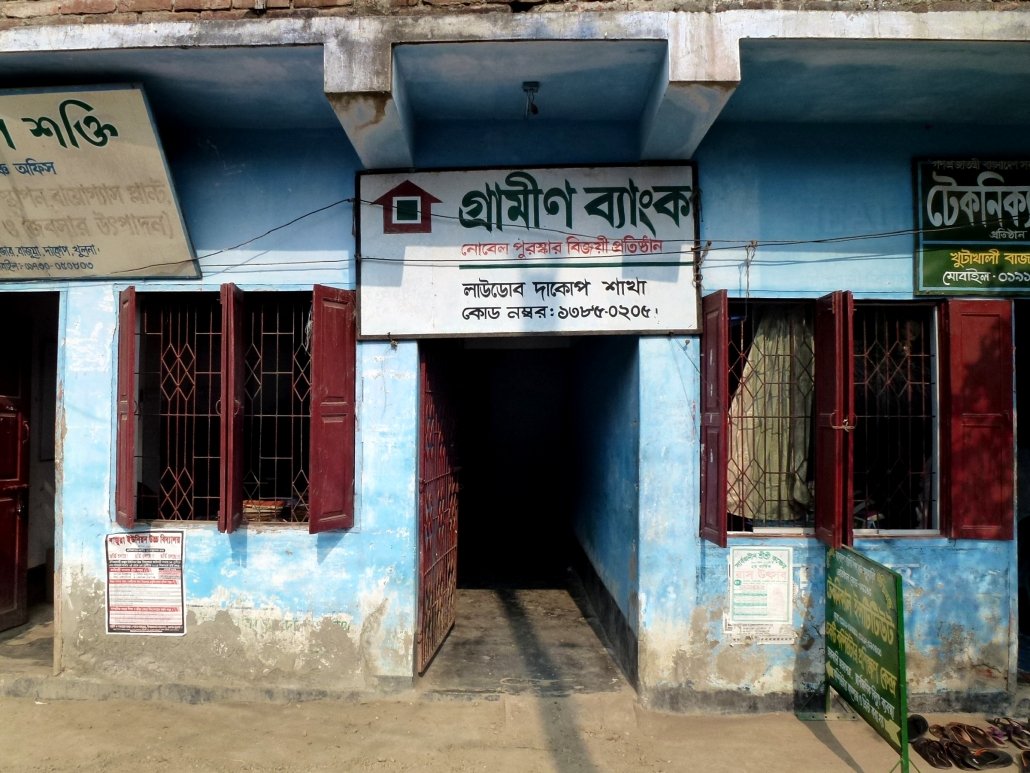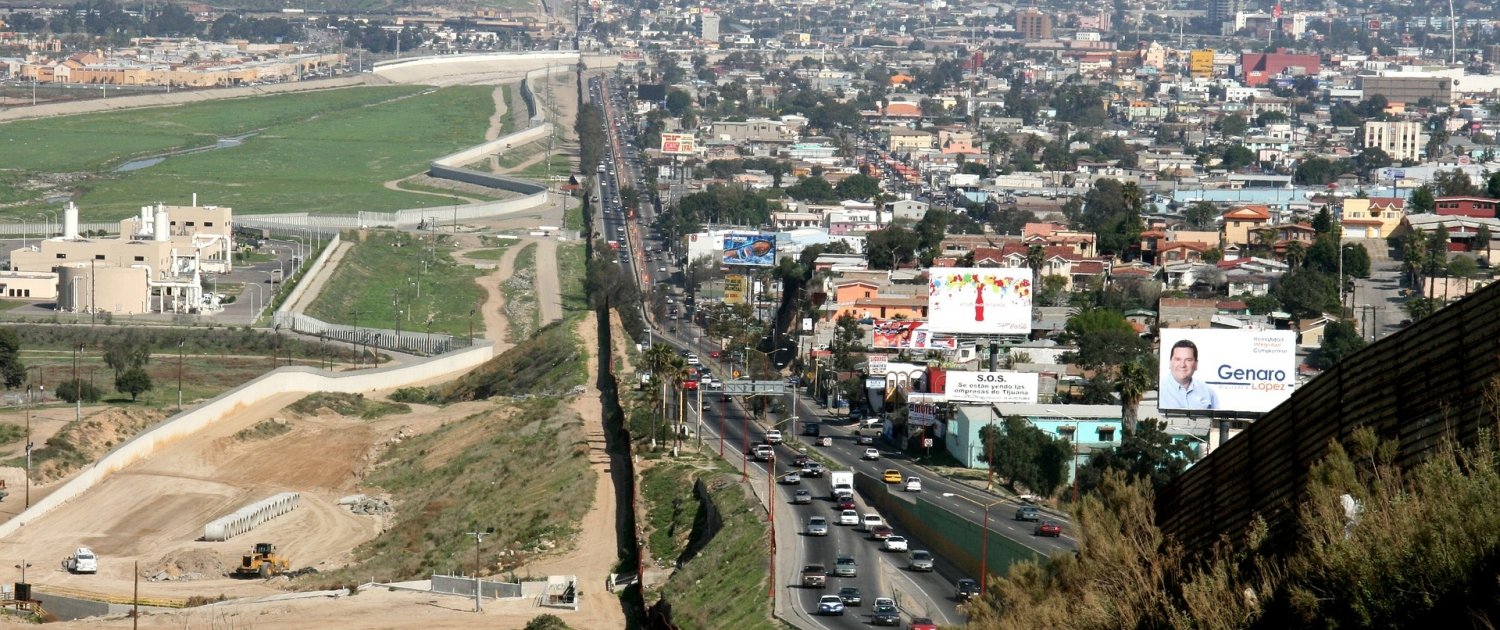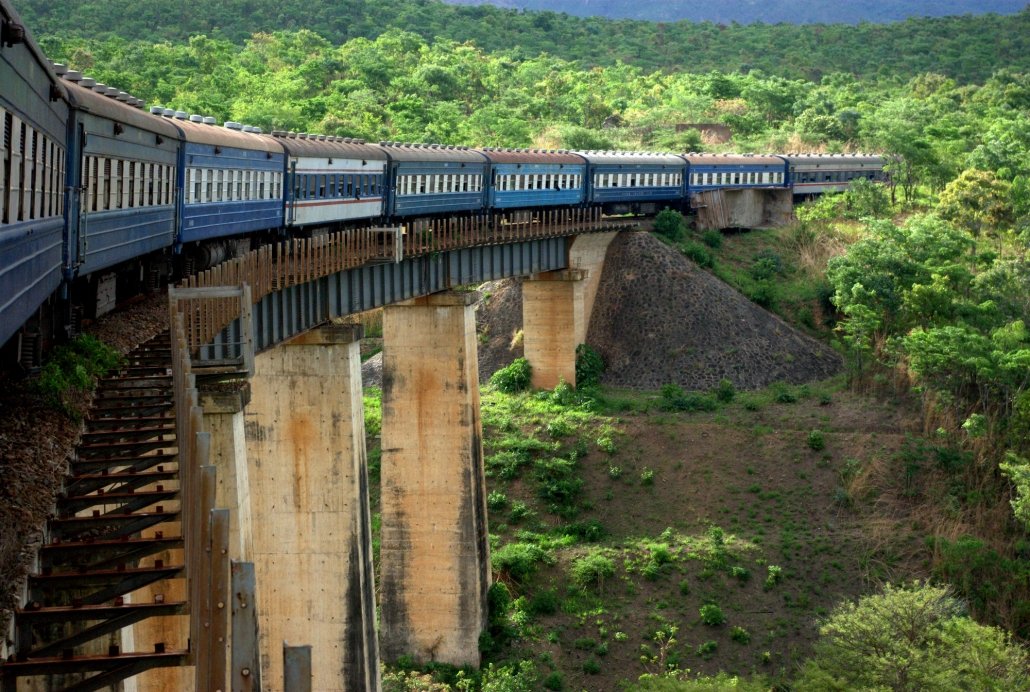Strategies for reducing the development gap
The development gap is the difference in levels of development between the richest and poorest countries in the world. Some believe the development gap between high-income countries (HICs) and low-income countries (LICs) is increasing.
There are a range of different strategies that can be used to reduce the development gap. Often, these approaches support local development projects, generate employment opportunities and increase incomes. In return, these create more wealth and help reduce the development gap.
How can investment reduce the development gap?
Countries, organisations (e.g. the World Bank) and transnational corporations (TNCs) invest in low-income countries (LICs) to increase profits. Investments lead to improvements in:
- infrastructure (e.g. road networks and airports)
- services (water, sanitation and electricity)
- dams and reservoirs (for hydro-electric power)
- industrial developments
How can industrial development and tourism reduce the development gap?
Tourism brings valuable foreign currency and a range of improvements, including infrastructure, healthcare and education. Tourism brings employment opportunities in the service sector and raises incomes.
Industrial development brings employment opportunities in the construction, manufacturing and service industries. Increased individual wealth leads to health, education and service provision improvements by paying more taxes.
How can aid reduce the development gap?
In this case, aid is usually in the form of financial assistance offered by countries, organisations, and TNCs. Long-term aid supports development projects such as improving sanitation, water supply and education. Short-term aid is often given in response to natural disasters.
The map below shows the destinations of UK Aid. Click to view the interactive map.

UK Aid destinations for 2019/2020
How can intermediate technology reduce the development gap?
Intermediate technology is often used to support local development projects. These are projects usually aimed at improving water supplies, health and agriculture. The development gap is reduced through improvements at the local level.
How can fair trade reduce the development gap?
Fairtrade involves paying farmers a fair price for their products and investing in local communities. Fair trade also promotes fair wages for farmers and their workforce.
You can view more examples on the Fair Trade website.
How can debt relief reduce the development gap?
In the 1970s and 1980s, many countries borrowed significant money for large-scale development projects. Some countries have fallen into considerable debt repaying loans or high-interest rates. Debt relief involves cancelling money owed, allowing more significant investment in development projects such as road building and health care.
How can micro-finance loans reduce the development gap?
Micro-finance loans offer community groups or individuals financial support to start a small business. If businesses are successful, they will create jobs and increase people’s income.

Grameen Bank in Mongla, Bangladesh, offers micro-loans to poor people.
Related Topics
Use the images below to explore related GeoTopics.




